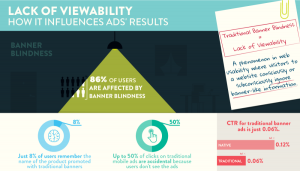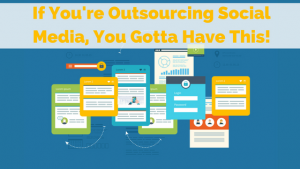— June 29, 2018

In many ways, our financial lives have become much less complicated. We can manage our bank accounts online and deposit checks from our smartphones. Those same smartphones can be used to buy a cup of coffee or pay our portion of the restaurant bill. But in other ways, our financial lives have become more complicated.
While pensions were the norm 50 years ago, most private sector workers are funding their own retirements with 401k plans. And the number of choices has exploded from investment options to reward programs. The dark side of that proliferation of choice is that it can lead to anxiety and decision paralysis.
It Starts with Retirement
If you started work in the 1960s or 1970s in one of the glamorous industries like airlines or advertising, you planned to work for the same company for 50 years, get a gold watch, and retire with a pension. Many things have changed, not the least of which is the pension. While still dominant in public sector jobs, the pension has virtually disappeared in the private sector expect for certain union jobs. It has been replaced by the 401k which has many virtues but also more uncertainty.
“When is the oldest I can start saving and still actually retire?” “How much do I need saved before I can retire comfortably?” These are all questions that plague those who are planning for their future.
In a recent study looking across generations to examine their financial attitudes and habits, we found:
- Nearly half of Millennials and Gen X are simply not sure if they will have saved enough to retire comfortably (and another 20% are sure they will not have saved enough).
- About two-thirds of Millennials and Gen X don’t know how much they should save/invest for retirement and the same number fear they may have to work rather than completely retire.
Fueling this uncertainty is the lack of role models for success. The first retirees largely dependent on 401k savings have only begun to retire in the last five to ten years. Future generations are waiting to see how well they do. And many younger Americans are concerned (perhaps overly so) that Social Security will not be available when they retire.
Am I Prepared for an Emergency?
But it’s not just about saving for retirement. What about having something set aside for an emergency? Again, our survey showed that while most in every generation said they had some savings that are not earmarked for retirement, the amount of those savings varies greatly. In part, that is because many do not know how much they should be saving for an emergency. Roughly half of Millennials and Gen X (and about one-quarter of Baby Boomers and Silent Generation) do not know how much they should save. Expert opinion is divided. Should it be a specific dollar amount (e.g., $ 500 or $ 1000) or a portion of salary (e.g., 3 months or 8 months)? Beyond the amount, other questions need to be answered:
- What type of account to keep the funds in
- How much needs to be liquid/easily accessible
That uncertainty can lead to inertia – consumers in every generation are less likely to have emergency savings if they don’t know how much they need to save.
How Much Choice is Too Much?
As consumers struggle with how much to save and invest, the number of options available for saving, budgeting, credit, and investments have expanded exponentially. Generally, we think of choice as a good thing and it is – up to a point. Too much choice can lead to indecision and inertia. About three-quarters of Millennials (and roughly half of Gen X and Baby Boomers) are overwhelmed by the number of investment options. That feeling of having too many options also contributes to worrying if they will have saved enough for retirement. The options simply add to the confusion rather the providing more sense of control.
How Can the Financial Services Industry Play a Role?
The financial services industry has done a great job of making transactions easy and accessible in the digital age. But that is increasingly becoming a commodity particularly as tech companies join in. Nevertheless, most consumers still do most of their spending, borrowing, saving, and investing with traditional financial services firms. To leverage that into being true partners with consumers, financial services companies need to:
- Establish (or re-establish trust). That means both ethics and expertise. The Bank of America partnership with Khan Academy and the SunTrust onUp Movement are good examples of working to establish expertise.
- Be people-centric. Much of the sales and service in financial services is still product-centric rather than people-centric. Begin with consumers’ needs and goals and bring the right products and services to them.
- Be proactive. Don’t wait for consumers to find the solutions and ask for them. Use the information you have on your customers to proactively bring relevant solutions to them.
- Mass one-to-one service. Any guidelines will be appreciated by consumers but being able to tailor recommendations to customers’ specific life experiences and needs will be far more valuable.
Conclusion
Consumers are faced with greater complexity than ever in their financial lives. Lack of certainty combined with an abundance of choices can leave consumers feeling overwhelmed and stressed. The financial services industry is well positioned to help consumers in their quest for answers and solutions. But the industry needs to move beyond making transactions easier (not that this is not worthwhile) to making consumers financial lives easier. That means:
- Establishing trust and thought leadership
- Marketing from the consumer’s point of view
- Being proactive and tailoring the solution to the customer’s specific situation
The need is there. The question is, who in the industry will break away from the crowd and deliver new solutions?
Business & Finance Articles on Business 2 Community
(59)







